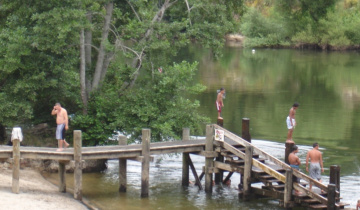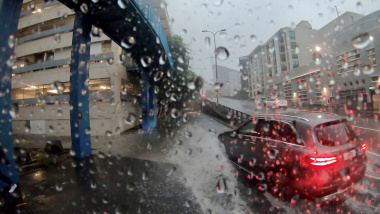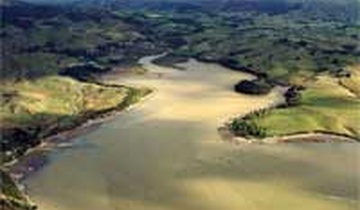NIWA rewrites ship antifouling Code of Practice
In 1997, the Australian and New Zealand Environmental Conservation Council (ANZECC) developed a Code of Practice for Antifouling and In-Water Hull Cleaning. NIWA and a Tasmanian partner are about to begin work on the important job of updating this code.
We recently completed a literature review, which looked at progress in antifouling paint and in-water cleaning technology since 1997. The work was contracted out by the Department of Agriculture, Fisheries and Forestry (DAFF) Australia.
The literature review confirmed that there has been significant international progress with the development of non-toxic antifouling coatings and novel hull cleaning technologies over the past decade. These new technologies reduce the risk of releasing contaminants or biofouling organisms into the marine environment.
As a result of the review, DAFF decided that the Code of Practice needed rewriting. NIWA has won the contract to do the work, in collaboration with Aquenal Pty Ltd, a Tasmania-based consultancy specialising in biosecurity and biofouling work.
This project has just started (May 2010) and will continue into April 2011. NIWA and Aquenal will develop a new version of the code, based on the findings of the literature review.
Development of the new code will involve extensive stakeholder consultation and involve all relevant Australian (Commonwealth, State and Territory) and NZ Government departments, conservation authorities and industry groups, including shipping associations and the marine paint industry.
Drafts of the new code will be presented and discussed during a series of stakeholder consultation workshops to ensure that the final version is based on scientific evidence and principles but also represents the interests of all relevant stakeholders.
How NIWA is helping prevent invasive marine organisms from reaching Antarctica
Read about NIWA research into a novel way to combat marine biofouling









